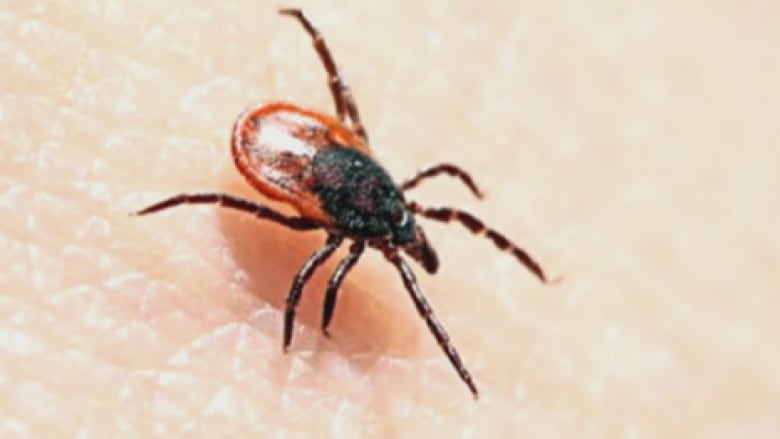Submit a tick: tracking the pesky carriers of Lyme disease in Alberta
The blood-suckers are being tested for signs of infection

They're back. Tick season in Alberta has officially begun.
The blood-thirsty creatures have emerged across the province, latching on to people and animals alike.
Albertans who discover the creepy crawlies on themselves, their pets or livestock are being asked to submit them to the province.All blacklegged ticks will be tested to see if they carry the bacteriathat can cause Lyme disease.
Ticks can be submitted to an environmental public health office, a First Nations health centre or a physician. Ticks discovered on pets or livestock should be submitted to a veterinarian.
Throngs of the spider-like insects, which love to burrow into human skin, make their home in Alberta, but the risk of contracting Lyme disease in the province remains relatively low.
However, the province expanded its monitoring program in 2013, to ensure infection rates are well monitored.
"It's important for us to know the risk of Lyme disease in the province," said Dr. Kristin Klein, deputy medical officer of health. "We don't see a large amount of ticks. Usually these ticks come in on birds from areas where they are more common."
Of the 2,781 ticks submitted to the provincial program in 2016, only 34 of the insects tested positive for the Lyme-diseasebacteria.
Between 1991 and 2016, 88 cases of Lyme disease were reported to Alberta, but all of the cases were linked to travel outside the province, health officials said.
Although most of the blood-sucking parasitesdon't cause health problems, it's important to take precautions; cover up before travelling in wooded areas, and remove the pests immediately to avoid potential infections or disease, said Klein.
Instructions on how to safely remove a tick can be found here.












_(720p).jpg)


 OFFICIAL HD MUSIC VIDEO.jpg)
.jpg)



























































































